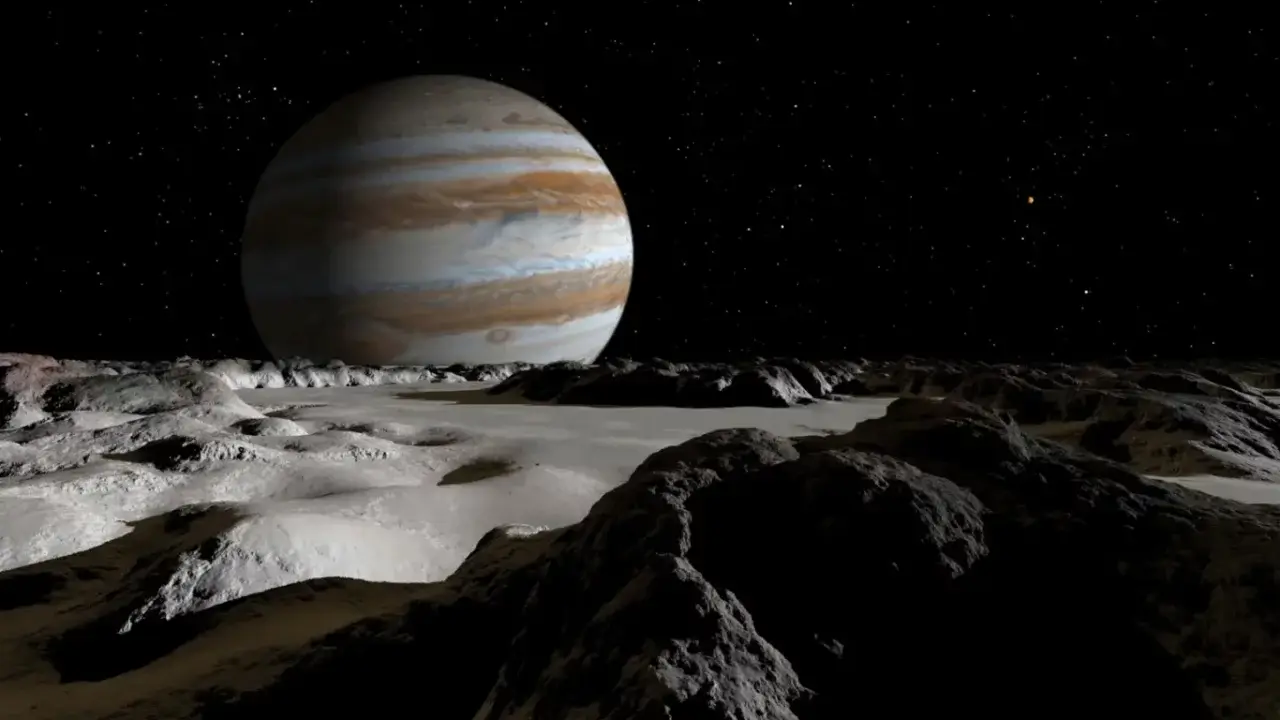
Scientists have found strong evidence that a giant gas planet may exist in the Alpha Centauri star system. Located just four and a half light years from Earth, it is considered very close in astronomical terms. While the planet itself cannot support life, its moons may be suitable for habitation.
The discovery was made using the James Webb Space Telescope, operated in cooperation with NASA, ESA, and the Canadian Space Agency. The planet was first detected in August 2024, but was not visible in subsequent observations. Experts explain that it may have been behind its star or too close to it.
The new object is similar in structure to Saturn or Jupiter, surrounded by a dense layer of gas. Under such conditions, life on the planet itself is impossible, but its icy moons could have conditions suitable for life.
In the future, scientists plan to study the planet in more detail using the Grace Roman Space Telescope, which is scheduled to launch in 2027. The James Webb telescope will also use spectral imaging to determine the planet’s chemical composition.
If confirmed, this discovery will be historic evidence of a planet in the star system closest to humanity and will open new avenues for future scientific research.
Read “Zamin” on Telegram!












